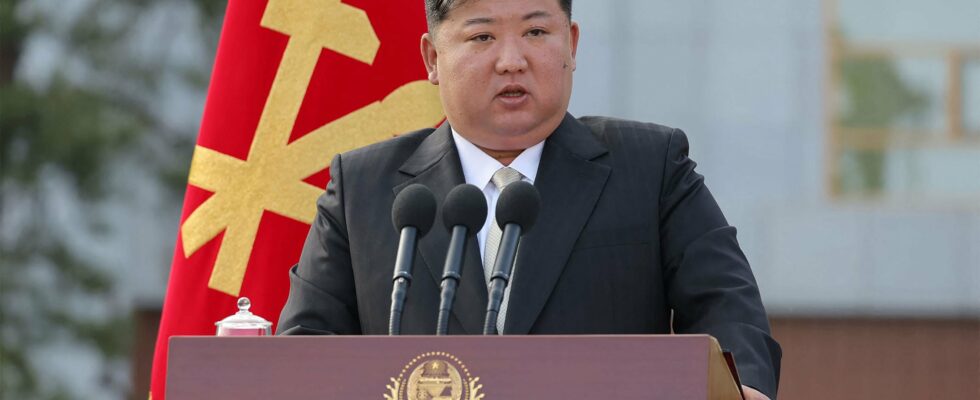Cigarette butts, used batteries, pieces of plastic and animal excrement… This is what residents of northern South Korea, including in Seoul, the capital, saw falling from the sky on Saturday 1 June. No fewer than 600 balloons carrying bags of waste landed in the country in the space of a few hours. They were added to the 260 balloons already sent by North Korea on the night of Wednesday May 28.
More accustomed to the firing of ballistic missiles towards the Sea of Japan than to these surprising packages, the South Korean army quickly mobilized to collect the waste and forbade the population from touching it, for fear that it contained toxic products. This Sunday morning, the joint staff assured that no dangerous substances had been found. But the military denounced a “breach of international law” and called on North Korea to stop these “vulgar” and “irrational” acts.
Pyongyang, for its part, jokes about these “sincere gifts”, supposed demonstrations of the freedom of expression of its citizens. These “trash” balloons are in fact a response to the bags sent on May 12 by the South Korean association Fighters for a Free North Korea, made up of pro-democracy activists and defectors. To incite their neighbors to resistance, they regularly send leaflets critical of Kim Jong-un’s regime, as well as rice, medicine, American dollars and USB sticks with K-pop music and television series. So many products banned by the dictatorship.
A cold war technique
Enough to annoy Kim Yo-jong, the influential sister and spokesperson of Kim Jong-un. “Scum from the Republic of Korea [le nom officiel du Sud] claim that their sending of leaflets to the Democratic People’s Republic of Korea [RPDC, nom officiel du Nord] fall under “freedom of expression” and that the same action by the DPRK constitutes a “breach of international law”. Are “freedom of expression” and “international law” defined according to the direction of the wind that carries the balloons?” she mocked.
This strategy is not new. It even dates back to the 1950s, during the Korean War. Both sides were already trying to influence their respective citizens with propaganda, such as songs or radio messages broadcast through powerful loudspeakers. In the demilitarized zone, on the border between the two countries, signs encouraged inhabitants of the South to join “the people’s paradise” that the North claimed to be. The South Koreans, for their part, called for preferring their country, “free and democratic”. Above all, leaflets were sent by balloon to both sides of the border, and on both sides, the law prohibited reading or keeping these propaganda documents.
During the first inter-Korean summit in 2000, the two governments agreed to stop this practice, but pro-democracy associations continued their balloon shipments. The President of South Korea, Moon Jae-in, even passed a law in 2020 to punish this tactic with three years in prison or a fine of 30 million won (22,000 euros). But deemed liberticidal, the Supreme Court ended up invalidating it in September 2023.
The South Korean National Security Council is due to meet this Sunday, June 2, to decide on a response to the balloons received last night. According to the South Korean agency Yonhap, Seoul could resume broadcasting propaganda via loudspeakers on the border with North Korea. A method abhorred by Pyongyang, which could react in turn. Thought to be a provocative strategy but less risky than an armed offensive, these balloons could indeed trigger a military escalation.
